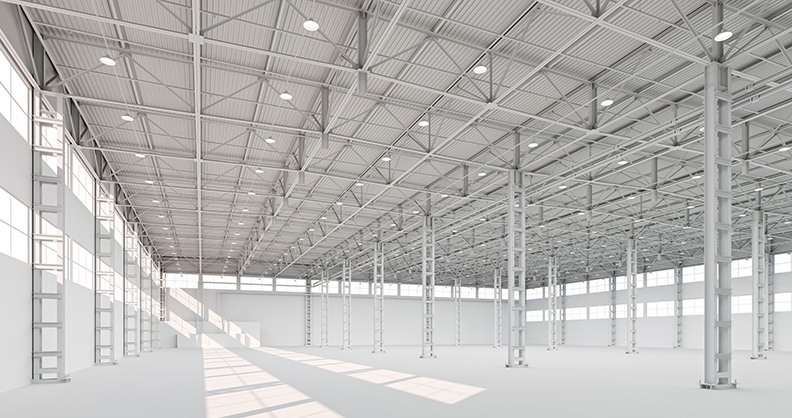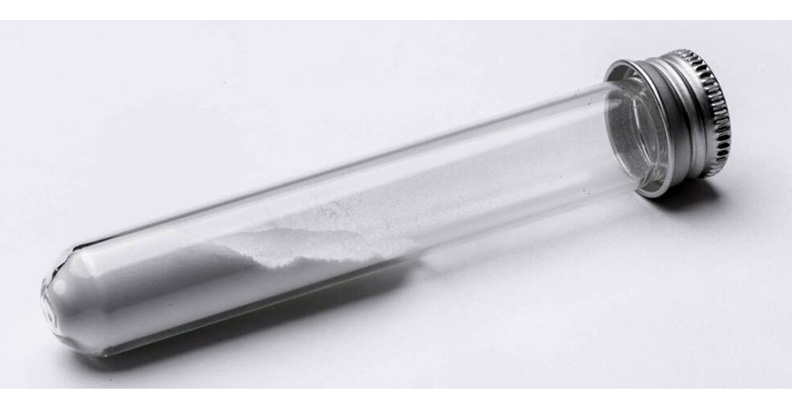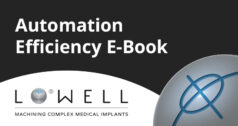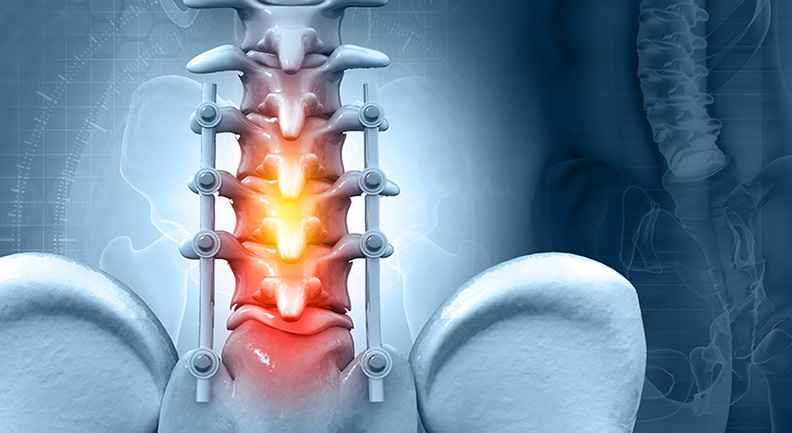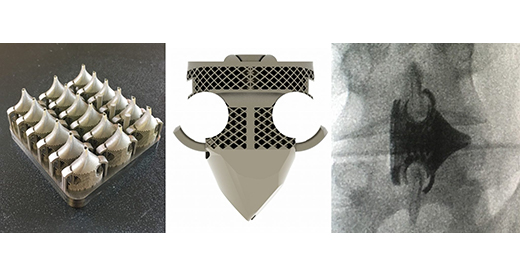
Tsunami Medical, manufacturer of spinal implants, has begun operating four GE Additive Concept Laser AM systems, two DMLM and two Mlab, at its facility in Modena, Italy.
Tsunami Medical began using additive manufacturing (AM) for medical implants in 2010 with selective laser melting (SLM) machines. As part of its strategy to adopt AM, Tsunami purchased its first two Direct Metal Laser Melting (DMLM) machines in 2015, and has since employed AM-driven innovations in spinal cages and implants. Tsunami Medical has produced more than 50,000 components for customers worldwide using AM.
Applying Concept Laser’s LaserCUSING process to its spinal implant applications, Tsunami Medical addressed common limitations in titanium and PEEK. The company 3D prints complex geometries in titanium featuring lattice, pores or web-like structures to reduce density and provide similar elasticity to PEEK. Implants can be customized to individual patient anatomy. As no additional coating or major post-processing is required, this can be done in one-production step. The company has developed the Giglio Interspinous Fusion System that develops ready-to-use implants directly from AM machines.
The company has also innovated by developing novel self-spreading intervertebral spacers, “lobster spacers” (left-below), which uses a gear and screw mechanism to adjust spreadable wings, and by developing a disc prosthesis (right-below), which includes two shells connected by a double spring, as a single printed component.
Both innovations were enabled by Concept Laser’s LaserCUSING metal 3D printers, which provided the needed accuracy, surface quality, complexity, one-step production, and functional integration that only DMLM can provide. Not only can implants be customized to each individual patient, their structures can also be optimized and designed to deliver performance closer to that of actual bone. LaserCUSING also allows for the integration of highly-precise, small scale, functional assemblies as a single component, and for the on-demand production of parts that require very little post-processing.
Stefano Caselli, CEO and Founder at Tsunami Medical, said, “DMLM helps us achieve the accuracy, complexity and functional integration we are striving for. It also delivers a great surface quality that reduces or sometimes eliminates the need for typical post-processing, which in turn drives productivity gains. The implant comes out of the machine with an optimized 20-unit printing cycle, without the need for support structures. It is already fully assembled and except for final polishing requires no post-processing. No other machine today would have been able to give us this kind of performance.”

